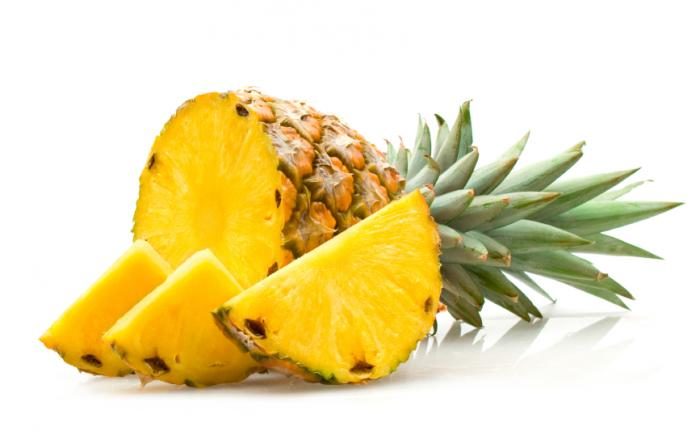“The greatest enemy of knowledge is not ignorance, it is the illusion of knowledge.”- Stephen Hawking
This definitely applies to kids and nutrition when taking into consideration the clever marketing tactics that consumable corporations use that easily influence kids and implant false knowledge and beliefs about their products to boost sales.
As of late it has become fashionable for the modern family to visit local markets where organic fruits, vegetables and natural snacks are easily found. These markets inspire wellbeing and welcome mums and dads still clad in heels and ties to stop by on their lunch break to pick up foods that will support their family’s health.
The past few years have been witness to dramatic growth in the availability of fresh whole foods at such markets, and also the increasing awareness of chemical additives in common foods and the risks they pose. One of these additives, sulfur dioxide, is a preservative capable of causing allergy-like symptoms, headaches, and vitamin deficiency.
Often, the guilty foods are the prettiest on the shelf, disguised by tricky labels. Sulfur dioxide can be found in your children’s snack food, many dried fruits, cereals, meats, and yes, even wines!
Fortunately, through consumer education we can work together to shed light on this additive and provide the community with the tools needed to build on the foundation of self care.
How is it used in foods?
Most commonly, sulfites, a salty form of sulfur dioxide, are dissolved in water where the foods are soaked for a period of time. The purpose is to preserve the foods appearance and increase its shelf life by killing off naturally occurring enzymes and bacterias. This is done at the expense of flavour and vital nutrients such as thiamine.
The water is then boiled to get rid of the sulfites, which can still hide in the cells of the foods, just the same way sand from the beach gets stuck to everything!
In the natural world, volcanos release sulfur dioxide into the atmosphere where it lingers as a chemically active gas. There, it converts to another form and joins with water to fall as sulfuric acid rain, known to deteriorate even the greatest of buildings. The burning of fossil fuels can have the same effect.
Understanding this can make it hard to believe that forms of sulfur dioxide are used to preserve many common foods, such as sun dried tomatoes, muesli bars, hot chips, guacamole, yogurt, minced meats, wines, and chocolates.
The effects on the human body can vary in severity depending on age, sensitivity, and amount of exposure. Asthmatics and those prone to allergies can experience more prominent effects including headaches, rash, itchy throats and runny nose, and restricted lung performance.
But don’t chuck your bottles of wine out of the window just yet, concerned parents! Do your research to become label-savvy on your children’s snack food, and pour yourself a glass of fresh, organic wine while you take in all of the information.
Regulating agencies list guidelines for companies to follow when labeling for sulfur dioxide that is present in a product, but it is not uncommon for them to claim all natural if the amount measured is below a certain number.
Do these four things, and you are on your way to a more informed, rich and tropical life:
- Check the ingredients list for preservatives 220-228.
- Be aware that some products such as wine have a limited number of naturally occurring sulfites and the production of other ingredients such as corn syrup sneakily involve the use of sulfur dioxide.
- Have faith in the growing abundance of fresh whole foods that are becoming more accessible than ever.
- Share your knowledge with others to build an understanding of whole foods and remind them of the power they have to create a happy, healthy, vibrant lifestyle made through mindful decisions.

